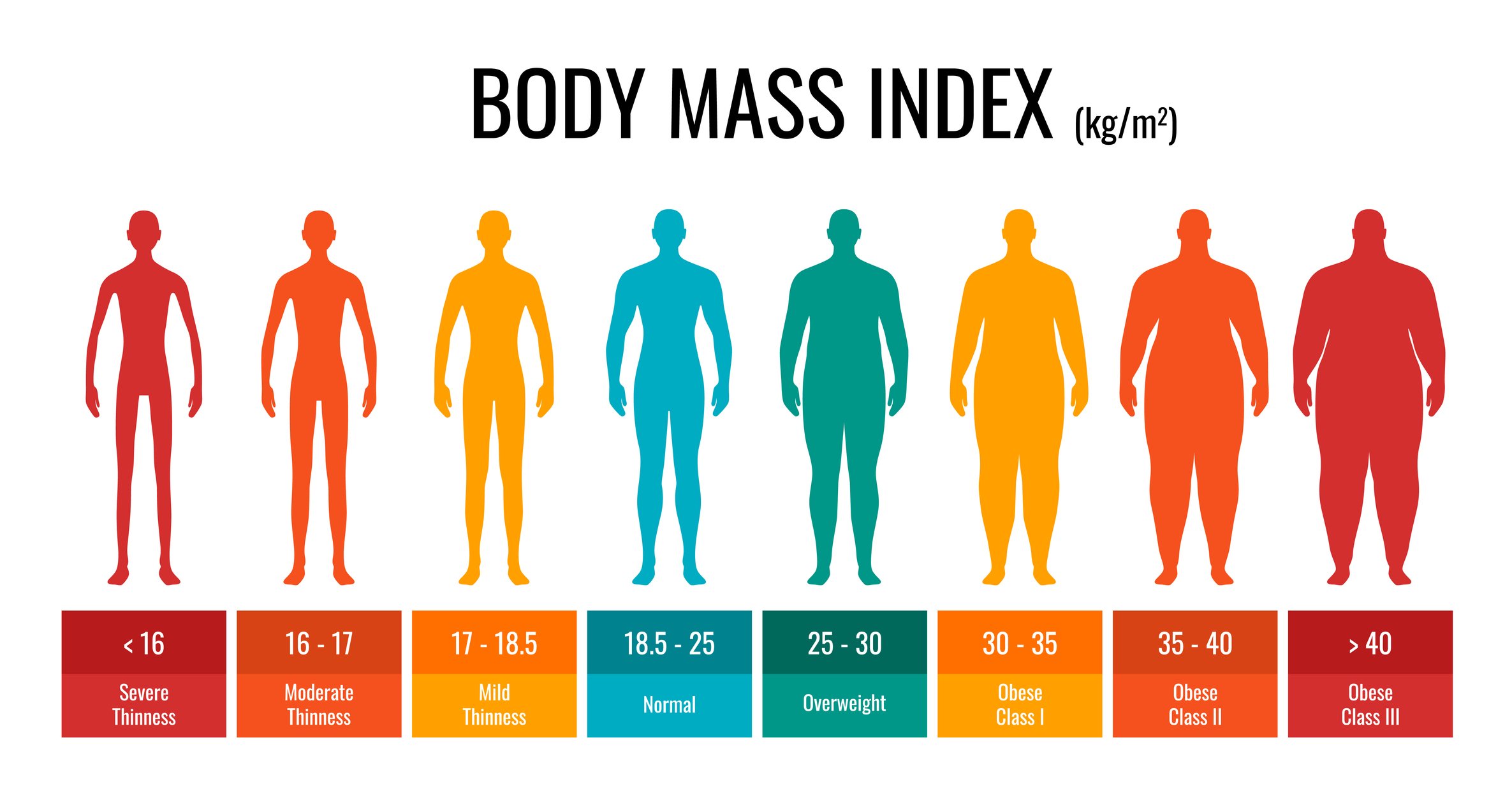Body Visualizer BMI offers a dynamic approach to understanding your body composition. This innovative tool transcends the limitations of simple numerical data, providing a visual representation of your BMI and its implications. By transforming abstract numbers into easily digestible images, body visualizers help individuals gain a clearer, more intuitive understanding of their health status, facilitating informed decisions regarding lifestyle and wellness.
This guide delves into the functionality of body visualizers, exploring different types, calculation methods, and interpretations of BMI. We’ll also discuss the importance of considering BMI in conjunction with other health indicators and address ethical considerations surrounding the use of these tools. Ultimately, we aim to empower readers with the knowledge to utilize body visualizers responsibly and effectively for improved health management.
Body Visualizers and BMI: A Comprehensive Overview: Body Visualizer Bmi

Source: otokomaeken.com
Body visualizers and Body Mass Index (BMI) are valuable tools in understanding body composition and overall health. This article explores the functionalities of body visualizers, explains BMI calculations and interpretations, and addresses the ethical considerations surrounding their use.
Introduction to Body Visualizers and BMI
Body visualizers are digital tools that create visual representations of the human body based on inputted data, often including height, weight, and sometimes additional measurements like waist circumference. These visualizations help individuals understand their body shape and proportions in relation to their BMI. BMI, calculated using weight and height, provides a general assessment of body composition, categorizing individuals into weight ranges (underweight, normal weight, overweight, obese).
Visualizers can be presented as 2D representations (e.g., silhouettes) or more sophisticated 3D models offering a more detailed view of the body.
| Feature | Body Visualizer A | Body Visualizer B | Body Visualizer C |
|---|---|---|---|
| 3D Modeling Capability | Yes | No | Yes |
| BMI Integration | Yes | Yes | Yes |
| Customization Options (e.g., skin tone, hair) | Limited | Extensive | Moderate |
| Data Privacy Measures | Encryption | Anonymous Data | User-Controlled Data |
BMI Calculation and Interpretation, Body visualizer bmi
BMI is calculated using the formula: Weight (kg) / Height (m)². For those using pounds and inches, the formula is: Weight (lbs) / [Height (in)]² x
703. BMI is categorized as follows: Underweight ( <18.5), Normal Weight (18.5-24.9), Overweight (25-29.9), Obese (≥30). However, BMI has limitations. It doesn't differentiate between muscle mass and fat mass, meaning a muscular individual might have a high BMI despite being healthy. Bone density also influences BMI, and it doesn't account for body fat distribution.
Using Body Visualizers to Understand BMI
Imagine a person with a BMI of 28. A body visualizer could show them a 3D model representing their body type at that BMI. This visual representation can be compared to models at lower BMIs, illustrating the potential impact of weight loss. The visualizer tracks changes over time, providing a clear demonstration of progress or regression. Different visualizers may offer various interpretations, some focusing on body shape changes, while others emphasize the change in BMI number alongside the visual representation.
Body Composition vs. BMI
While BMI offers a quick assessment, it is not a complete picture of body composition. Other measures, such as body fat percentage (measured through methods like DEXA scans or bioelectrical impedance analysis) and waist circumference, provide more nuanced information. Body fat percentage directly assesses the proportion of fat in the body, while waist circumference indicates abdominal fat, a risk factor for certain health issues.
Using BMI alone overlooks crucial factors like muscle mass and fat distribution.
Understanding your body composition with a body visualizer BMI tool can be surprisingly insightful. It’s a different kind of visualization than, say, figuring out who’s behind the spooky marketing; for instance, finding out who is the ghost in Progressive commercial cast requires a different kind of detective work. Ultimately, both processes, whether assessing health metrics or investigating a commercial mystery, involve piecing together information to form a complete picture.
Returning to BMI, accurate data leads to better health choices.
- Muscle mass
- Bone density
- Body fat distribution
- Water retention
Ethical Considerations and Misuse of Body Visualizers
Body visualizers, if misused, can contribute to unrealistic body ideals and negative body image. Promoting body positivity and self-acceptance is crucial. Responsible use involves understanding that these tools are for informational purposes and should not be used for self-criticism or comparison with others. Relying solely on visual representations of BMI without considering other health indicators can be misleading and potentially harmful.
Technological Advancements in Body Visualizers
Advancements in 3D scanning technology and AI are leading to more accurate and detailed body visualizers. Integration with health and fitness apps allows for personalized feedback and tracking of progress. Future developments may incorporate more sophisticated biometric data for a holistic health assessment. The use of AI in analyzing body scans promises more accurate and personalized interpretations.
- 1990s: Early 2D body visualizers based on simple anthropometric data.
- 2000s: Introduction of 3D body scanning technology, though still limited in accuracy and accessibility.
- 2010s-Present: Improved 3D scanning with increased accuracy and integration with mobile apps and health tracking devices. The rise of AI-powered analysis of body scans.
Outcome Summary
Understanding your body composition is a crucial step towards achieving optimal health and well-being. While BMI, as visualized through innovative tools, provides valuable insights, it’s essential to remember that it’s just one piece of the puzzle. By combining visual representations with a holistic approach to health, incorporating other metrics and lifestyle factors, individuals can make informed decisions to improve their overall wellness.
Body visualizers serve as a powerful tool for self-awareness, promoting a more proactive and informed approach to health management.
